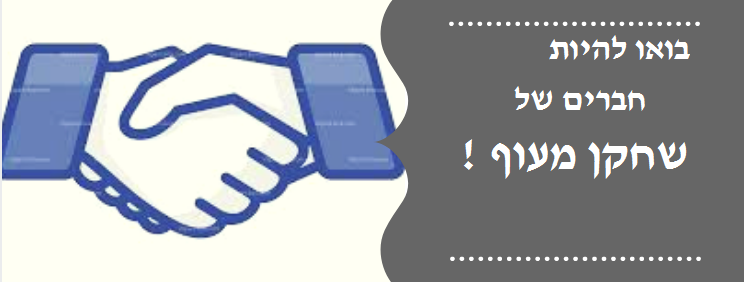The Israeli press and government are in an uproar about a resolution submitted to UNESCO, the United Nations’s cultural agency, by seven Arab states that, they say, denies the connection between the Jewish people and the Temple Mount. The resolution, ratified Tuesday, is hopelessly one-sided, which is not a shock for a UN entity that operates on a majority vote and without a Security Council veto. But what’s fascinating is that the Israelis are treating the resolution as an assault on their religious-historical claims to the site, which the report addresses only obliquely. This is a deepening problem on both sides of the Israeli-Palestinian conflict: the slow transformation from a national struggle into a religious one. And the religious struggle never seems more intractable than when the topic is the Temple Mount.
The UNESCO resolution is problematic, even by UN standards. One sign of its striking bias can be seen in the voting. The U.S., U.K., Germany and the Netherlands, as well as Estonia and Lithuania, voted against, none of which is all that unusual. But 26 countries abstained, including Sweden, whose Social Democratic government has recognized Palestine, as well as France, Italy and Spain. Most of the 24 countries that voted in favor are majority-Muslim.As for the text, it never directly denies the Jewish stake in the Temple Mount. In fact, it affirms “the importance of the Old City of Jerusalem and its Walls for the three monotheistic religions.” A close reader of this phrase might conceivably suggest that it is intended to avoid saying that Jews have a stake in the Temple Mount itself, as opposed to the city walls. But if that’s so, it includes Christians and Muslims alongside Jews, and does not affirm any special Muslim connection.Israelis are also complaining that the resolution refers to the Temple Mount as “Al-Aqsa Mosque/Haram Al-Sharif,” which doesn’t acknowledge the ancient Israelite temple that was on the site. It’s true that the Arabic names don’t refer to the temple. It’s also true that they are the standard names for the mosque that is on the site now and for the entire platform, which has been part of the mosque and shrine complex since the Crusaders left some 800 years ago.The rest of the resolution sharply criticizes Israeli actions on the site and calls for a return to Jordanian control. That’s a bit rich, since from 1948 to 1967, the Jordanians didn’t allow Jews access to the Western Wall or any other part of the old city. But that’s not the part of the report that’s being attacked within Israel.
So what’s really going on? The answer is that the Temple Mount site is functioning as a proxy for the increasingly religious nature of the Israeli-Palestinian conflict, on both sides.On the Israeli side, more and more messianically inclined Orthodox Zionist Jews are focused on the Temple Mount, and are fantasizing about rebuilding the temple. There are institutes devoted to creating ritual objects to restore the sacrificial cult, and animal husbandry experts trying to create a red heifer to purify the priests who would perform it.As a political counterpart to that enthusiasm, Prime Minister Benjamin Netanyahu has brilliantly deployed the demand that his Palestinian counterparts acknowledge Israel as the homeland of the Jewish people -- knowing that Palestinian leaders will refuse. That refusal deepens Israelis’ sense that Palestinians want to reject their historical Jewish connection to the land.On the Palestinian side, religious ideas about the holiness not only of the Haram but also of the whole land have proliferated in recent years. Hamas has played a major role in making the conflict more religious, as an effective tool for outflanking the Palestine Liberation Organization’s more moderate, nationalist position.It’s no coincidence that the attacks in the early 2000s came to be called by many the “Al-Aqsa intifada.” That’s an expressly religious name, deriving symbolic weight from the mosque itself. The first intifada, which was not focused on the Old City or Jerusalem, was an expression of nationalist resistance and had no major religious dimension.A conflict that becomes increasingly religious can only be disastrous. A national struggle can be resolved by compromise and land swaps. But mutually exclusive claims to a single religious site are almost impossible to resolve. Palestinians think that some Israelis want to blow up Al-Aqsa Mosque and the Dome of the Rock and build a third temple. Meanwhile, Israelis think that Palestinians want to break their connection to ancient Jewish sites. These fears are self-reinforcing in a dynamic downward spiral that begins with paranoia and ends with legitimate fear.One theory over the years has been that Israel and Palestine could share sovereignty over the Temple Mount. That’s worth exploring. But it requires moderation even among religious believers.
bloomberg
Wallstreet
- ראשי
- פורום
- בלוגים

- בלוגים
- ק. נאמנות וק. סל
- מניות
- אופציות
- אג"ח
- .WALL ST
- ניתוח טכני
- מט"ח וסחורות
- קורסים
- כללי
- Zerosum
hhhhhhhhhhhhhhhhhhhhhhhhhhhhhhhhh
x









 הגב עם ציטוט
הגב עם ציטוט